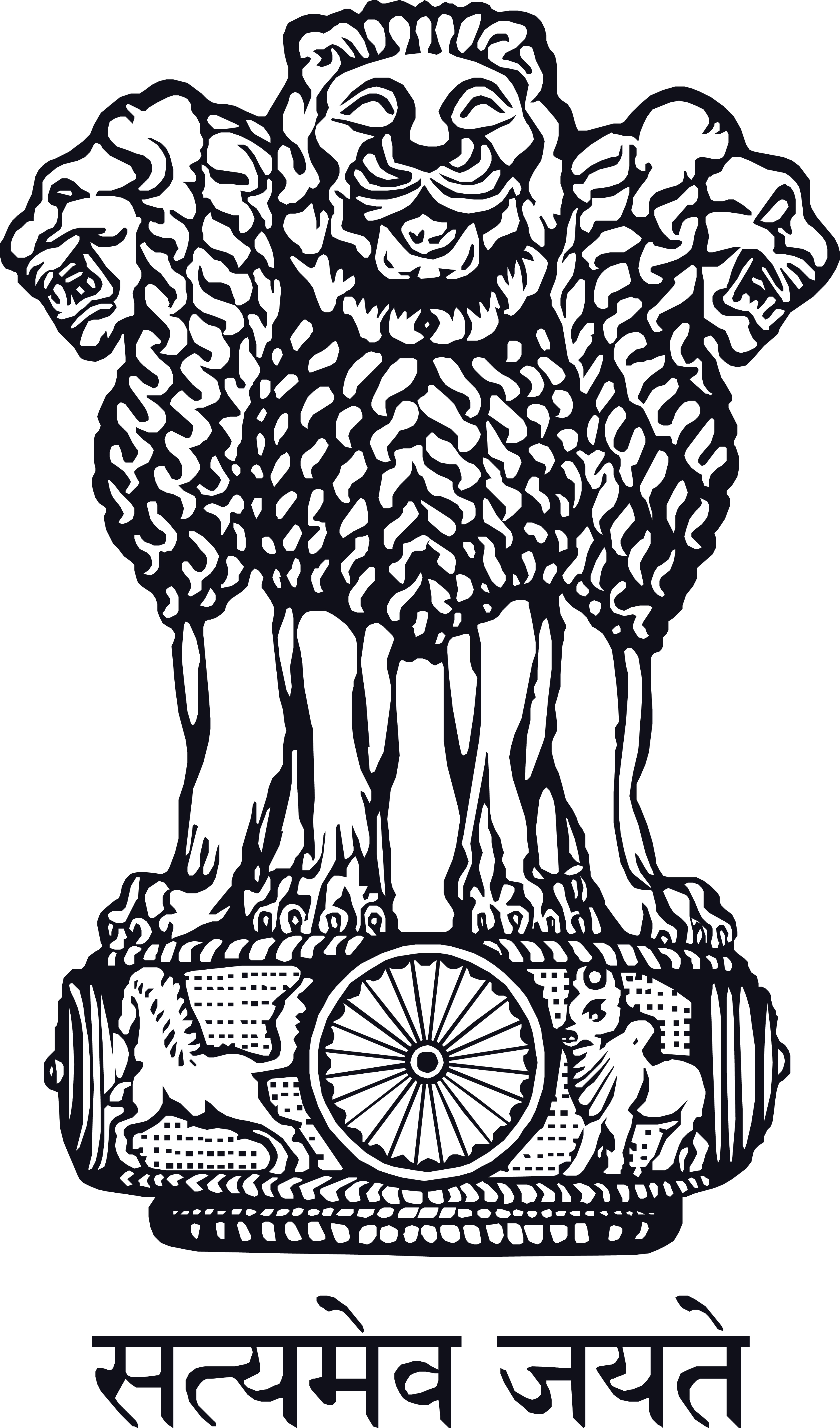Yoga as a System
-
Rajayoga: This is supposed to be the
highest state of Yoga and also equated with that of Samadhi. Patanjala Yoga is
popularly understood to be Raja Yoga
-
Yama (five restrains)
- Ahimsa- Non violence
- Satya- Truthfulness
- Non stealing
- Celibacy
- Aparigraha- Non avarice
-
Niyama (five observances)
- Hygiene
- Santosha- Contentment
- Tapas- Austerity
- Swadhyaya- Self-reflection
- Ishvarapranidhana- Contemplation of God
- Asana- Seated position for meditation
- Pranayama- Control over breath
- Pratyahara- Abstraction of sense organs
- Dharana- Concentration
- Dhyana- Meditation
- Samadhi- Enlightenment or libration
- Hathayoga:This is directly related with the ‘PranasamyamaYoga’ i.e. ‘Yoga through control over Prana or Respiration’. ‘HA’ stands for ‘Sun’, ‘Pingala’ and ‘Heating principle’. ‘THA’ stands for ‘Moon’, ‘Ida’, and ‘Cooling principle’. An individual’s total personality is guided by the way one breathes. Breathing has direct relationship with that of functioning of Mind. Hathapradipika declares it very clearly as:
- Karmayoga: The origins of Karmayoga are available in one of the important systems of Indian philosophy known as ‘Mimamsa Philosophy’.
- Jnanayoga: Through knowledge the practitioners of Jnanayoga try to diminish the wall of illusion (maya), realize the concept of non-duality and attain liberation (moksha). Jnanayoga forms one of the most important teachings of Bhagwadagita and has virtually become identical with the spiritual path of Vedanta.
- Shama - Tranquility
- Dama - Sense restraint
- Uparati - Cessation of attachment
- Titiksha - Endurance
- Samadhana - Mental collectedness
- Shraddha - Heartfelt acceptance of the sacred and transcendental reality
- Mantrayoga: Mantra removes bad thought, directs to good thought, leading to a state of mind with no thoughts. Mantra Yoga uses chanting of sounds loudly, softly or mentally. These chanting sounds of phrases, mantras, or single syllable words carry practitioners to higher level of conscious that is moksha. These sounds have relationship with subtle energy centers of the body known as Chakras.
( P.Y.D. III/3 )
i.e. then (after cessation of all the vritties of chitta) the seer is established in his svarup (original or fundamental nature).
In Hathapradipika Swami Svatmarama also declares that Hathyoga should culminate in Rajayoga i.e. Samadhi
(H.P. IV/2)
Some consider Ashtanga Yoga of Patanjali to be the method of Raja Yoga and some consider Hathayogic method conducive for the sake of Raja Yoga. However, in both the methods the idea is to attain Samadhi.
Eight fold path of individual and social wellbeing
Sage Patanjali suggests Ashtanga yoga as bunch of eight measures for purification of personal and social behavior so that all the behavioral disorders are resolved and the society and the individual members can attain physical and mental health.
|
|
|
(H.P. II/2)
Mental conditions are
immediately reflected on breathing pattern or vice versa.
Balance is facilitated through the practice of Hathayogic components
namely, Asana, Mitahara, satkarma (Cleansing
Processes), Nadishodhana, Pranayama, Eight
Kumbhakas, Mudras and Nadanusandhana.
Every action that a person does during the lifetime gets stored as good or bad karma and the soul of a person remain locked till the debt of karma is paid. The main objective of the karmayoga is to get rid of the birth and death cycle by spending the life in such a way that, ‘no debt of good or bad karma remains’. Its elaborate understanding which is popular among common man of India is available in Srimadbhagavad Gita - this Karma Yoga is known as Nishkama Karma Yoga.
This concept is also found in Patanjali Yoga in the form of Ashukla -akrishna Karma which is performed by a yogin. Rest of the people are performing ‘Shukla’ or ‘Krishna’ or ‘Shukla Krishna’ Karma.
1.Viveka - Understanding of what is right or what is wrong, what is good and bad, what is pure and impure, what is permanent and impermanent.
2.Ihamutra Bhoga Viraga - Detachment
from pleasure seeking attitude not only in this world (iha) but also world beyond
(amutra).
Shama-dama adi Sadhana Sampat -
|
|
3.Mumukshutva - Ardent desire for the attainment of emancipation. According to every Indian philosophy, right knowledge is the key for emancipation. Maharshi Patanjali says “Practice of Ashtangayoga bestows uninterrupted right knowledge”.


